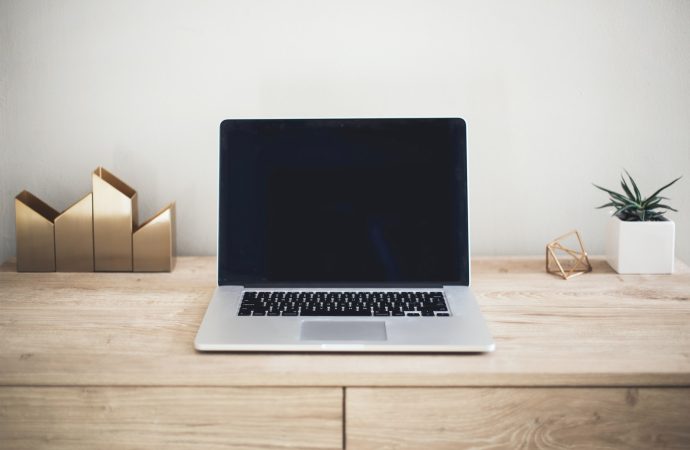As technology continues to advance, laptops have become an essential part of our lives. From working remotely to streaming videos, a good laptop can be a game-changer. However, with so many options available, choosing the right one can be overwhelming. In this article, we will explore how to choose the best laptop for your needs
As technology continues to advance, laptops have become an essential part of our lives. From working remotely to streaming videos, a good laptop can be a game-changer. However, with so many options available, choosing the right one can be overwhelming. In this article, we will explore how to choose the best laptop for your needs and budget.
First, consider the purpose of the laptop. Are you a student looking for a device to take notes and complete assignments? Or are you a graphic designer looking for a powerful machine to run complex software? Knowing the primary purpose of the laptop will help you narrow down your options.
Next, consider the specifications. The processor, or CPU, is the brain of the laptop and determines how fast it can run. Intel and AMD are the two main CPU manufacturers, with Intel typically being more popular for laptops. For everyday use, an Intel Core i5 or i7 processor will suffice, while a more powerful Core i9 or AMD Ryzen processor may be needed for more demanding tasks such as video editing.
RAM, or random-access memory, is another important specification to consider. The more RAM a laptop has, the more programs it can run simultaneously without slowing down. For basic tasks, 4GB of RAM is sufficient, but 8GB or more is recommended for more demanding tasks.
Storage is another critical specification. There are two main types of storage: solid-state drives (SSD) and hard disk drives (HDD). SSDs are faster and more reliable but are more expensive, while HDDs are slower and less reliable but are less expensive. For most users, a 256GB or 512GB SSD is recommended.
Screen size and resolution are also important considerations. A larger screen may be preferable for watching videos or working on spreadsheets, while a smaller screen may be more portable. For resolution, a Full HD (1920 x 1080) display is standard, while a higher resolution such as 4K may be necessary for graphic designers or photographers.
Battery life is another crucial factor, particularly if you plan on using your laptop on-the-go. Look for a laptop with at least 8 hours of battery life to ensure it can last through a full workday without needing to be charged.
Finally, consider your budget. Laptops can range from a few hundred dollars to several thousand dollars, so it’s important to set a budget and stick to it. It’s possible to find a good laptop for basic tasks for around $500, while more powerful laptops for demanding tasks can cost upwards of $1,500 or more.
In conclusion, choosing the best laptop for your needs and budget requires careful consideration of the purpose of the laptop, specifications such as CPU, RAM, and storage, screen size and resolution, battery life, and budget. By keeping these factors in mind, you can find the perfect laptop to meet your needs and enhance your daily life.

















Leave a Comment
Your email address will not be published. Required fields are marked with *